Portugal. The Douro River. (Intro: Rocks, Locks, Flocks, and Grapes) (September 2019)
The Douro River is the circulatory system for northern Portugal. It begins in Spain and ends 557 miles downriver at Porto, where it enters the Atlantic Ocean. The rich valley produces wine, including, of course, Port (a fortified wine), olive oil, and almonds. The river has traditionally freighted traffic up and down. Now it is a major destination itself, populated by transient tourists on purpose-designed cruise ships barely able to squeeze through the river's five great locks.
It is a relaxing way to savor great scenery, entertaining rock formations, changing vistas, pleasant and plentiful food, and side trips to vineyards, scenic attractions, historical sites, and lived-in communities. It is easy to sit back and watch as interesting things come into view ahead, pass on either side and sometimes overhead, and then recede in the ship's wake. The hardest part is twisting about, deciding where to look, and how long to look, before twisting back around to study the next coming attraction. The next hardest part: breaking off from on-deck vigilance to muster for meals.
The cruise ships round-trip upriver from Porto, and berth while overnighting. Croisi Europe has a fleet of river ships, and so do other bigger cruise companies, such as Viking. Croisi's Amalia Rodrigues (named for the greatest fado singer) was new, clean, and of very human scale. All staterooms had fine views. The crew was attentive. Food was ample and good. The wines were excellent. The side trips were interesting and not-to-be-missed.
This series will visit, a little too superficially, some of the Douro's scenery, scenes, attractions, and beauty. Some additional images will eventually be uploaded into my photo galleries within the Douro River group, and I'll post a direct link here when those gallerieis become public. This is a preview of coming Douro attractions: rocks, locks, flocks, grapes, petals, and wonderful vistas.
Rocks:
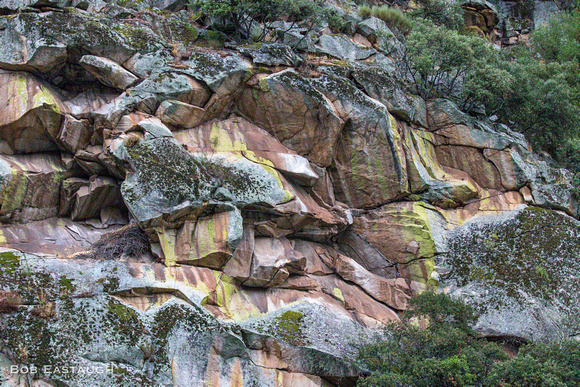

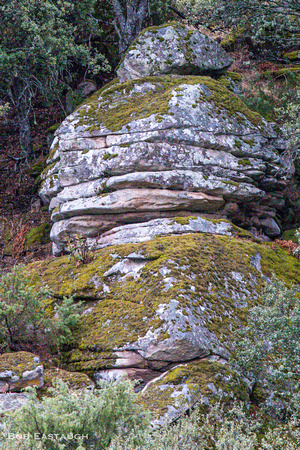

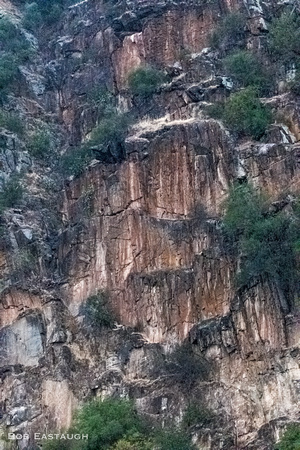

Locks:
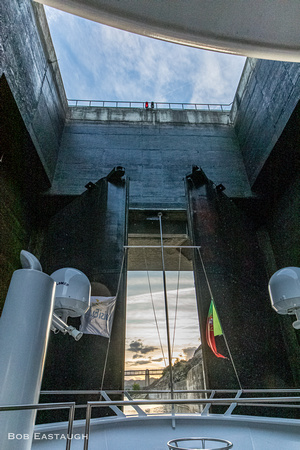

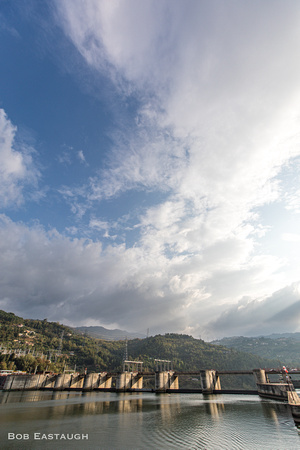

Flocks:
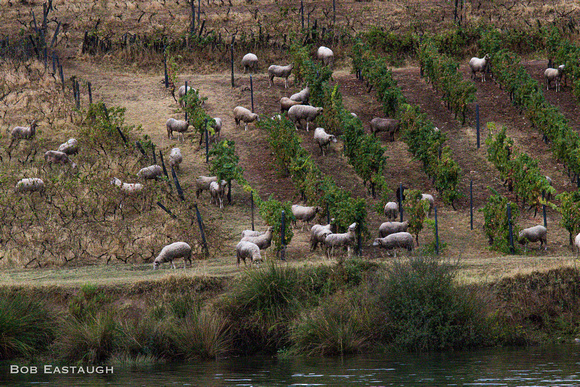

Grapes:
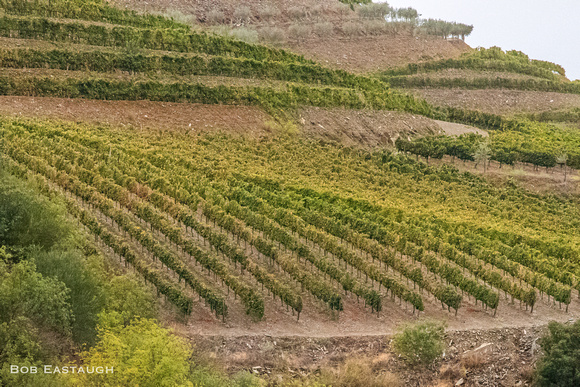

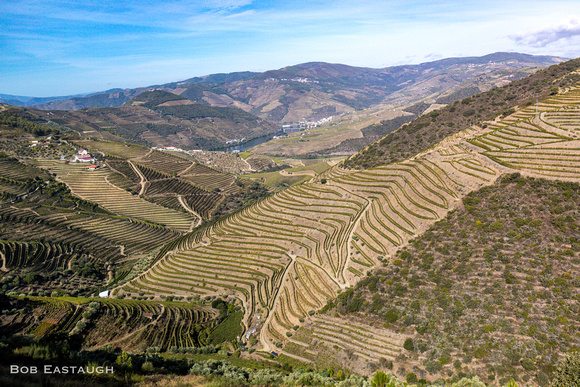

Petals:
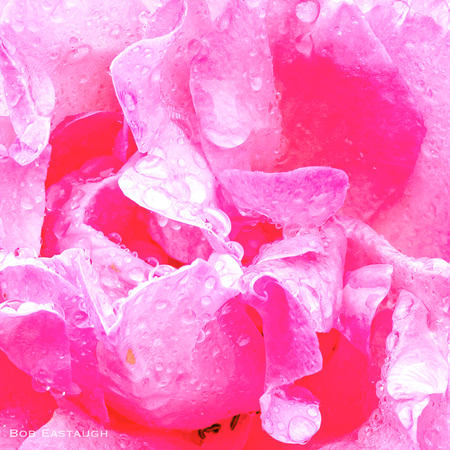

Vistas:
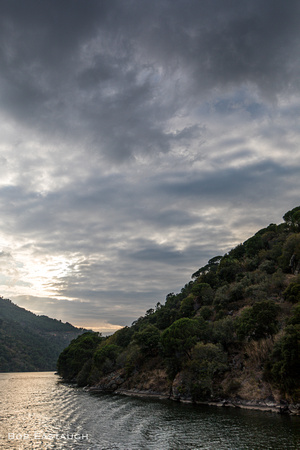

Comments
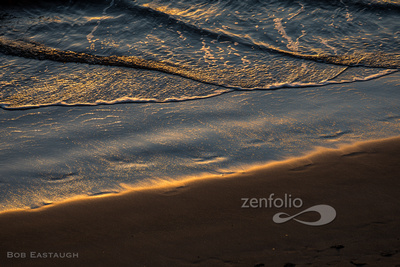

After a lifetime of mainly expressing myself with words, my postings here will mainly rely on images. They will speak for themselves to some extent, but I'll usually add a few comments of explanation. I've taken photographs for decades, since the 1950's, inspired in part by my father's photographic skill. Four years of photo assignments and quality darkroom time eventually gave way to decades of casual and family picture-taking. I re-immersed myself when I left film and turned to digital.